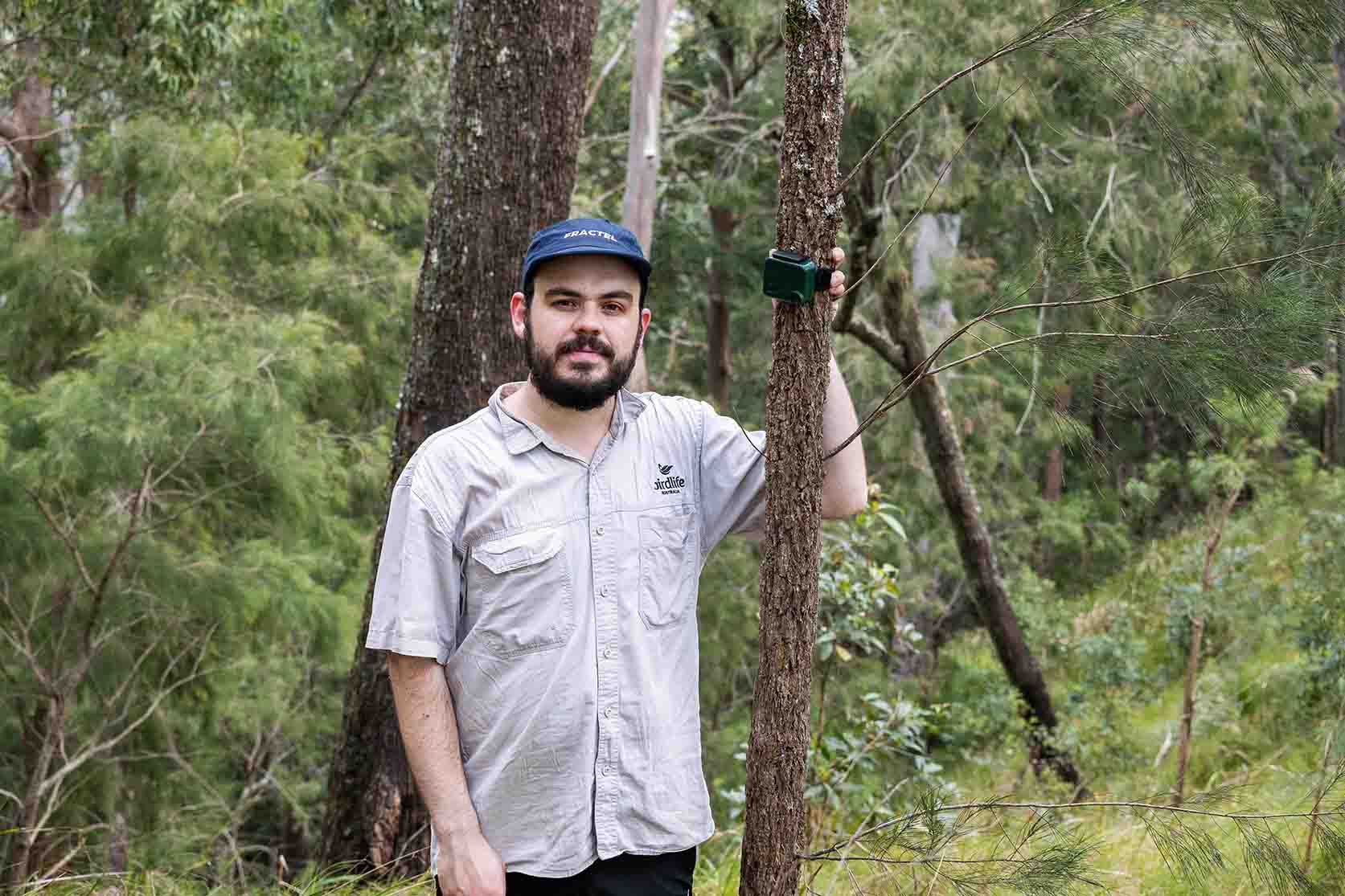Agriculture & Climate Change, Australia (Commonwealth Union) – The advent of Artificial Intelligence (AI) continues to play a crucial role in research, as it gives researchers the ability to process large quantities of data with the ability to highlight and analyze the required information that was previously not possible.
An endangered Eastern Bristlebird, a species not seen and unheard of in South East Queensland for 3 years, has had its song noted with the aid of acoustic monitors and identified with the help of AI developed by the Queensland University of Technology (QUT) researchers.
Birdlife Australia, that collaborated with the environmental organization Healthy Land and Water and backed with funds from the Australian Government, were placing acoustic recorders seeking out species in South-East Queensland. The sound gathered is analyzed for the presence of Eastern Bristlebird calls in the collaboration between QUT and the Queensland Department of Environment and Science.
Associate Professor Susan Fuller of the QUT, Centre for the Environment stated that the recordings were screened with an AI model made by Dr Lance De Vine from the QUT, School of Computer Science. The sounds of 350 Eastern Bristlebird were identified in the months of July and August, on 5 separate recorders, which was the 1st time the species has been noted in Queensland since the Black Summer bushfires that occurred 3 years back.
“Passive acoustic monitoring is revolutionising how we survey soniferous biodiversity (animals that produce sound). It is non-invasive, verifiable, and provides a permanent record of the environment,” explained Professor Fuller.
“We can record continuously which means we have more chance of detecting cryptic and low density or threatened species like the Eastern Bristlebird. Now we have developed software tools to rapidly scan the big data generated from continuous passive recordings and hone in on a particular species.”
Callan Alexander, who is a research assistant from QUT, indicated that the passive acoustic recorders gave a chance for researchers to track a single area for months at a time, but, they gathered several hours of recordings that listening to every single one was not feasible.
Callan further indicated that they required solutions to process the data in a speedy manner, while seeking the species that was of interest to them, which was where AI came in
“Basically, we transform the audio into an image, and then train a deep learning model to only search for images that we are interested in. In this case, we train our model to detect Eastern Bristlebird calls.
“The tricky part of this, is that Eastern Bristlebirds are notorious for having complex and highly variable vocal repertoires. So, we had to go through a lot of acoustic data manually to capture enough training data.”
Callan indicated that the primary factors leading to the endangerment of the Eastern Bristlebird were inappropriate fire regimes and invasive weeds. With his position at Birdlife Australia, he has 20 acoustic monitors placed within the field over the summer where the data will be analyzed more using QUT software.
“With more acoustic data to be analysed and further surveys to take place, we are very hopeful that the number of birds, extent of territories and evidence of breeding will be able to be determined,” he said.
Professor Fuller further indicated that the technology is enhancing rapidly and will certainly be applied for other species future.
QUT Pro Vice-Chancellor for Sustainability and Research Integrity, Professor Kerrie Wilson indicated that the success had positive international implications.
“With governments around the world committed to the landmark Kunming-Montreal Global Biodiversity Framework, technologies such as ours will be critical to understanding progress towards reversing the decline the threatened species and restoring biodiversity,” explained Professor Wilson.











